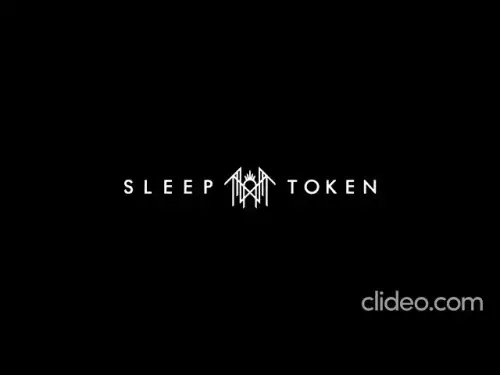-
 Bitcoin
Bitcoin $112200
0.96% -
 Ethereum
Ethereum $4310
0.64% -
 XRP
XRP $2.978
4.28% -
 Tether USDt
Tether USDt $0.9999
-0.02% -
 BNB
BNB $877.9
0.29% -
 Solana
Solana $215.6
6.68% -
 USDC
USDC $0.9997
-0.02% -
 Dogecoin
Dogecoin $0.2387
7.54% -
 TRON
TRON $0.3316
0.73% -
 Cardano
Cardano $0.8633
4.49% -
 Hyperliquid
Hyperliquid $50.46
7.52% -
 Chainlink
Chainlink $23.01
3.82% -
 Ethena USDe
Ethena USDe $1.001
-0.01% -
 Sui
Sui $3.469
2.94% -
 Stellar
Stellar $0.3750
4.79% -
 Bitcoin Cash
Bitcoin Cash $587.2
-2.71% -
 Avalanche
Avalanche $25.48
4.50% -
 Hedera
Hedera $0.2258
3.79% -
 UNUS SED LEO
UNUS SED LEO $9.548
0.05% -
 Litecoin
Litecoin $112.7
-1.24% -
 Cronos
Cronos $0.2527
-2.26% -
 Toncoin
Toncoin $3.098
-0.03% -
 Shiba Inu
Shiba Inu $0.00001287
4.08% -
 Polkadot
Polkadot $4.037
1.46% -
 Uniswap
Uniswap $9.567
3.02% -
 Dai
Dai $0.9997
-0.01% -
 Ethena
Ethena $0.7735
5.26% -
 World Liberty Financial
World Liberty Financial $0.2077
-7.48% -
 Monero
Monero $271.3
0.38% -
 Aave
Aave $302.8
1.35%
What is the maker and taker fee structure for Bybit contracts?
On Bybit, makers who add liquidity with limit orders pay lower fees (0.01%) or earn rebates, while takers removing liquidity pay higher fees (0.06% for USDT contracts).
Aug 13, 2025 at 11:35 am
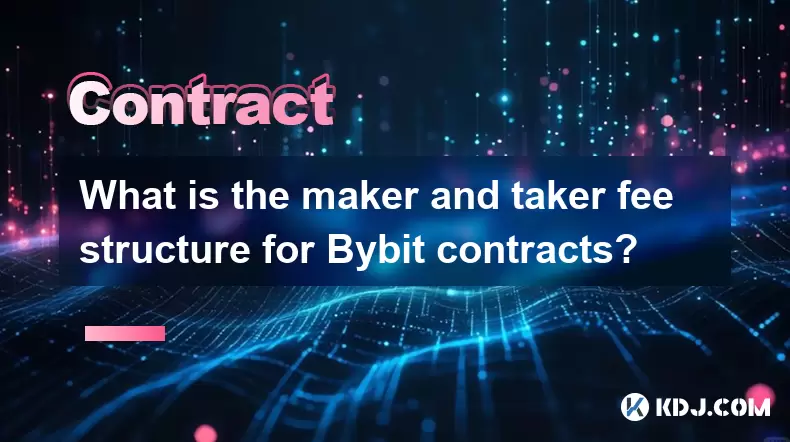
Understanding Maker and Taker Roles on Bybit
On Bybit, when trading perpetual or futures contracts, users are classified as either makers or takers, depending on how their orders interact with the order book. A maker is someone who places a limit order that does not immediately match with an existing order. This order adds liquidity to the market by waiting on the order book until another trader fills it. Conversely, a taker is a trader whose order matches and executes against an existing order in the order book, thereby removing liquidity from the market.
This distinction is crucial because Bybit rewards users who provide liquidity (makers) with lower fees and charges higher fees to those who take liquidity (takers). The fee structure is designed to encourage market-making behavior, which enhances overall market depth and stability. It's important to note that market orders are always considered taker orders, while limit orders may be maker or taker orders depending on whether they are immediately filled.
Standard Fee Rates for Contracts on Bybit
Bybit applies different fee rates depending on the type of contract and the user’s role in the trade. For USDT-margined perpetual contracts, the standard taker fee is 0.06%, while the maker fee is 0.01%. This means that if you place a market order or a limit order that executes immediately, you will be charged 0.06% of the trade value. However, if your limit order sits on the book and gets filled later, you only pay 0.01%.
For inverse perpetual contracts (denominated in BTC, ETH, etc.), the standard taker fee is 0.075%, and the maker fee is 0.025%. These slightly higher fees reflect the different settlement mechanisms and risk profiles associated with inverse contracts.
It's important to understand that these are standard rates. Bybit offers fee discounts based on a user’s 30-day trading volume and VIP tier status. Higher-volume traders can qualify for reduced taker and maker fees, and in some cases, maker fees can even go negative, meaning the exchange pays the user to place liquidity.
How VIP Tiers Affect Fee Structure
Bybit operates a tiered VIP system that adjusts fees based on cumulative trading volume over the past 30 days. There are multiple VIP levels, each offering progressively lower maker and taker fees. For example, at VIP Level 1, the taker fee for USDT-margined contracts drops to 0.055%, and the maker fee reduces to 0.005%. As users climb the VIP ladder by increasing their trading volume, both fees continue to decrease.
Some VIP tiers offer negative maker fees, such as -0.001% or -0.005%. This means that when a user places a limit order that gets filled, Bybit actually rebates them a small percentage of the trade value instead of charging a fee. This incentivizes high-frequency traders and market makers to provide consistent liquidity.
To check your current VIP level and applicable fees, log in to your Bybit account, navigate to the 'Rewards Center' or 'Fee Tier' section under your profile. Here, you can view your 30-day trading volume, current tier, and exact maker/taker rates.
How to Minimize Fees When Trading Contracts
To reduce trading costs on Bybit, users should adopt strategies that align with the fee structure. One effective method is to use limit orders instead of market orders whenever possible. By placing a limit order slightly away from the current market price, you increase the chance of being classified as a maker and benefit from the lower 0.01% fee (or even a rebate at higher VIP levels).
Another strategy involves increasing trading volume to qualify for higher VIP tiers. Users can achieve this through consistent trading activity or by participating in referral programs that count partner volume toward tier progression. Some traders also use fee rebates from negative maker fees to offset taker costs on other trades.
Consider the following steps to optimize fee efficiency:
- Always review the order type before submitting a trade.
- Use the 'Post-Only' option when placing limit orders to ensure they don’t execute immediately and become taker orders.
- Monitor your 30-day volume in the Rewards Center to track progress toward the next VIP tier.
- Enable fee discount programs if available through referrals or promotions.
Viewing and Calculating Fees on Bybit
Bybit provides transparency in fee calculation. After each trade, users can review the exact fees charged by visiting the 'Transaction History' or 'Order History' section. Each entry shows the trade size, executed price, and the fee amount in the settlement currency (e.g., USDT or BTC).
To manually calculate fees:
- For a taker trade: multiply the contract value by 0.0006 (for USDT-margined).
- For a maker trade: multiply the contract value by 0.0001.
- Adjust these percentages based on your VIP tier if applicable.
Bybit also offers a fee calculator tool on its website, where users can input trade parameters to estimate fees before placing an order. This helps in planning entries and exits with cost efficiency in mind.
Frequently Asked Questions
What happens if my limit order gets partially filled immediately?If a limit order matches existing orders upon submission, the portion that executes immediately is treated as a taker and charged the taker fee. The remaining unfilled portion that stays on the order book qualifies as a maker and will be charged the maker fee if filled later.
Can I change my order type after submission to avoid taker fees?No. Once an order is placed, its classification is determined at execution. To avoid taker fees, use the 'Post-Only' setting when placing limit orders. This cancels the order if it would otherwise match immediately.
Do funding fees count toward my trading volume for VIP tiers?No. Only trading fees from executed spot and derivative trades contribute to 30-day volume. Funding payments, withdrawal fees, or other charges do not count.
Are fees different for copy trading on Bybit?Copy trading follows the same fee structure. The follower pays the standard maker or taker fee based on their order execution type. The leader does not receive a fee from the follower’s trades.
Disclaimer:info@kdj.com
The information provided is not trading advice. kdj.com does not assume any responsibility for any investments made based on the information provided in this article. Cryptocurrencies are highly volatile and it is highly recommended that you invest with caution after thorough research!
If you believe that the content used on this website infringes your copyright, please contact us immediately (info@kdj.com) and we will delete it promptly.
- Household Debt: Peeking into the 2025 Crystal Ball
- 2025-09-09 12:25:15
- Bitcoin Core, Censorship, and the Ordinals Leader: A Showdown Looms?
- 2025-09-09 12:25:15
- Bitcoin, Solana, and Hacks: Navigating the Crypto Minefield, the New York Way
- 2025-09-09 12:30:12
- AI Models, Bitcoin Trend, and the September Shock: What's the Deal?
- 2025-09-09 12:30:12
- Metaplanet's Bitcoin Bet: Tokyo Firm Doubles Down Amid Market Swings
- 2025-09-09 12:35:12
- Bitcoin Price, Whale Buys & MAGACOIN: What's the Deal?
- 2025-09-09 10:25:13
Related knowledge
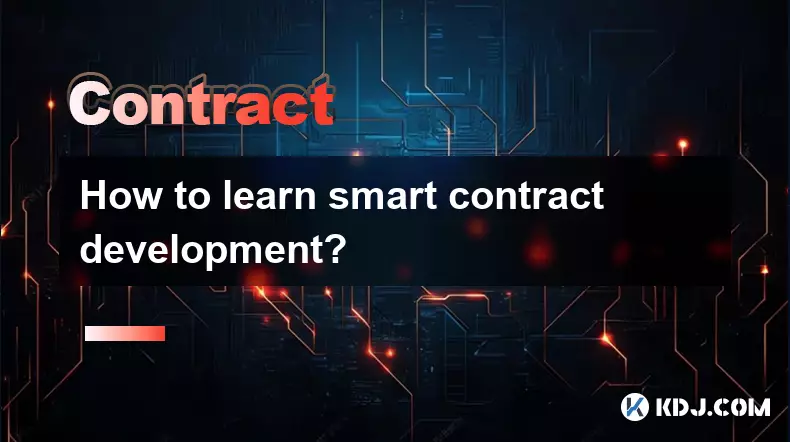
How to learn smart contract development?
Sep 09,2025 at 02:18am
Understanding the Foundation of Smart Contracts1. Smart contract development begins with a solid understanding of what smart contracts are—self-execut...
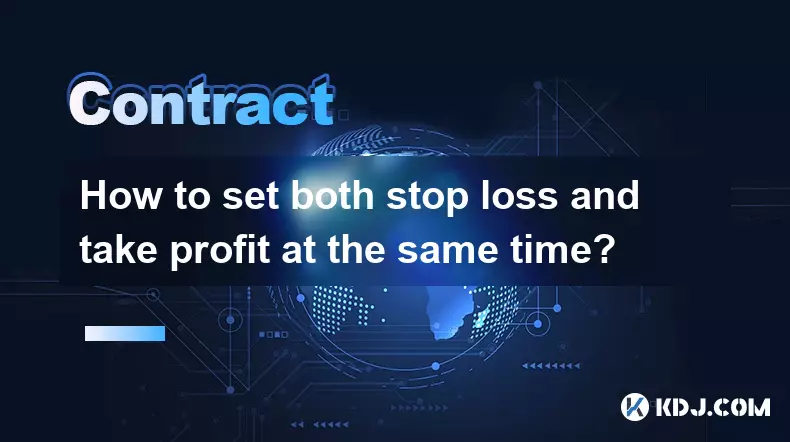
How to set both stop loss and take profit at the same time?
Sep 06,2025 at 04:36pm
Understanding Simultaneous Stop Loss and Take Profit Orders1. Placing both stop loss and take profit orders at the same time is a standard practice in...

What is copy trading for crypto futures?
Sep 07,2025 at 02:00am
What Is Copy Trading in Crypto Futures?1. Copy trading in crypto futures allows investors to automatically replicate the trades of experienced traders...
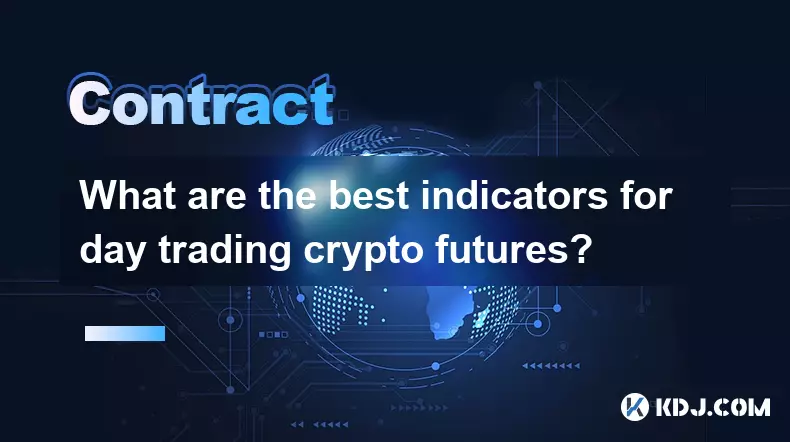
What are the best indicators for day trading crypto futures?
Sep 08,2025 at 10:18am
Top Technical Indicators for Crypto Futures Day Trading1. The Relative Strength Index (RSI) is widely used to identify overbought or oversold conditio...
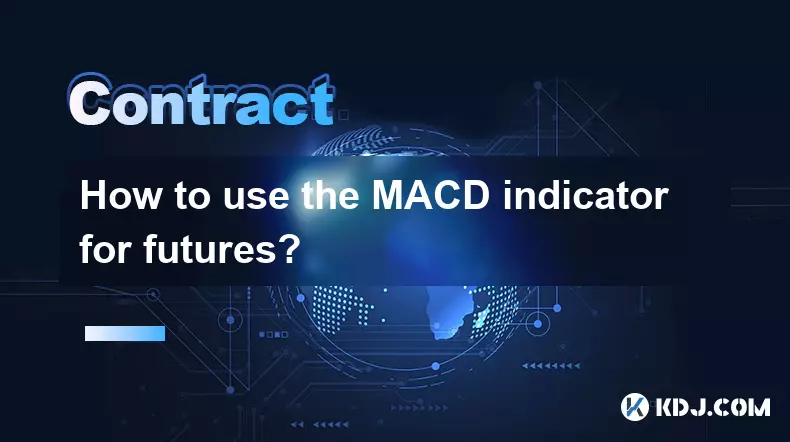
How to use the MACD indicator for futures?
Sep 07,2025 at 09:00pm
Understanding the MACD Indicator in Futures Trading1. The MACD (Moving Average Convergence Divergence) indicator is a momentum oscillator widely used ...

What to do if you are about to be liquidated?
Sep 06,2025 at 01:00am
Understanding Liquidation in the Crypto Market1. Liquidation occurs when a trader’s margin balance falls below the required maintenance margin, forcin...

How to learn smart contract development?
Sep 09,2025 at 02:18am
Understanding the Foundation of Smart Contracts1. Smart contract development begins with a solid understanding of what smart contracts are—self-execut...

How to set both stop loss and take profit at the same time?
Sep 06,2025 at 04:36pm
Understanding Simultaneous Stop Loss and Take Profit Orders1. Placing both stop loss and take profit orders at the same time is a standard practice in...

What is copy trading for crypto futures?
Sep 07,2025 at 02:00am
What Is Copy Trading in Crypto Futures?1. Copy trading in crypto futures allows investors to automatically replicate the trades of experienced traders...

What are the best indicators for day trading crypto futures?
Sep 08,2025 at 10:18am
Top Technical Indicators for Crypto Futures Day Trading1. The Relative Strength Index (RSI) is widely used to identify overbought or oversold conditio...

How to use the MACD indicator for futures?
Sep 07,2025 at 09:00pm
Understanding the MACD Indicator in Futures Trading1. The MACD (Moving Average Convergence Divergence) indicator is a momentum oscillator widely used ...

What to do if you are about to be liquidated?
Sep 06,2025 at 01:00am
Understanding Liquidation in the Crypto Market1. Liquidation occurs when a trader’s margin balance falls below the required maintenance margin, forcin...
See all articles

























